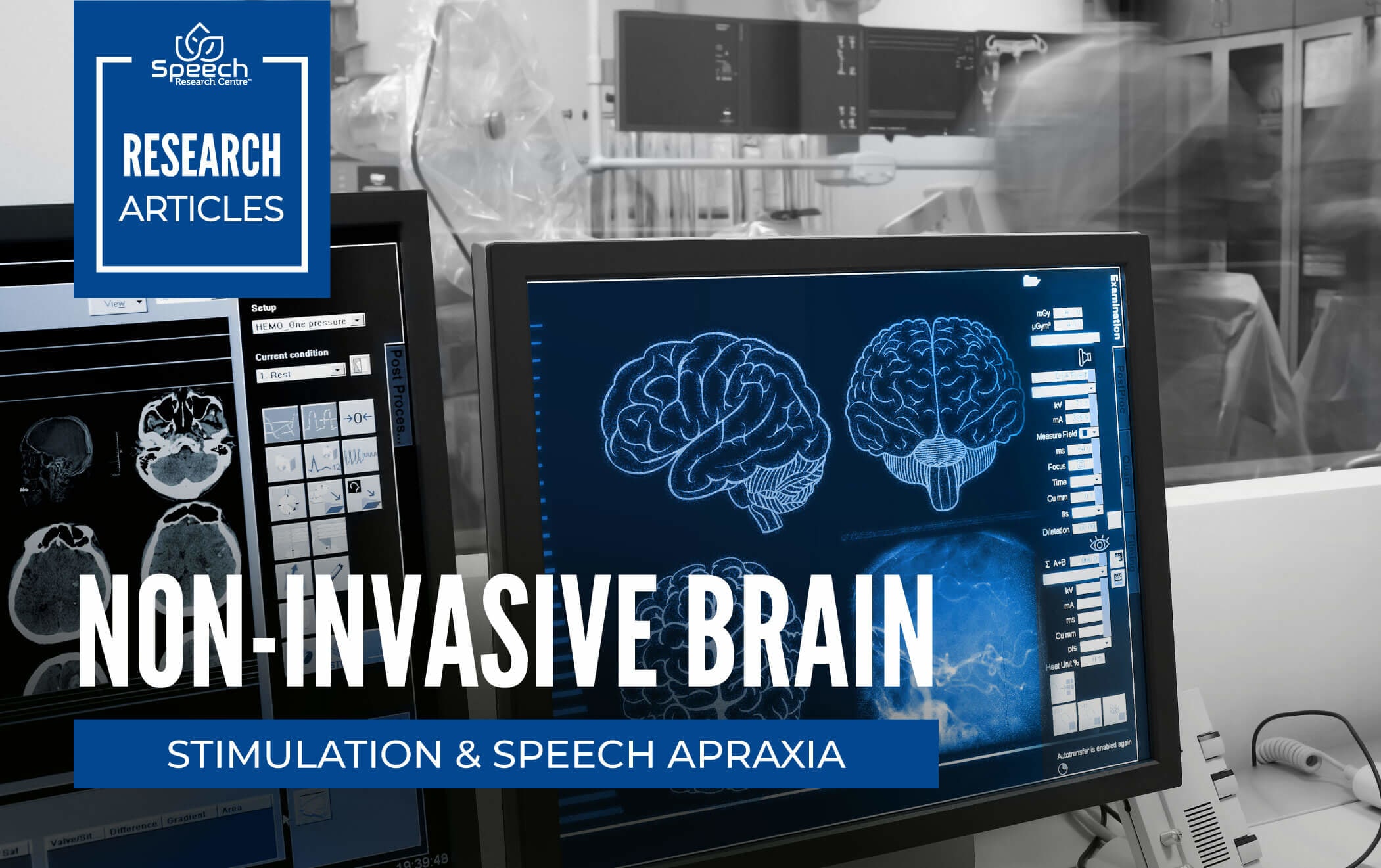
A recent study found that most participants with Trisomy 21 (Down Syndrome; T21) met the criteria for speech motor disorders. Among this sample, 15% of individuals with T21 presented with speech apraxia (Kumin, 2006). Speech apraxia is a difficult-to-treat speech disorder and requires specialized training to assess, identify, and treat successfully. Speech apraxia (or childhood apraxia of speech; CAS) is a condition that reduces speech intelligibility. This condition, presumably neurological in nature, affects the planning and/or programming of spatiotemporal parameters of movement sequences leading to errors in speech production and prosody (American Speech-Language-Hearing Association, 2007).
Dr. Ester Miyuki Nakamura-Palacios from the Laboratory of Cognitive Sciences and Neuropsychopharmacology at the Federal University of Espirito Santo in Brazil is an internationally recognized expert in the field of neuroscience and neuromodulation. Dr. Nakamura-Palacios is pioneering a ground-breaking neuromodulation approach for the treatment of speech apraxia in young adults with Trisomy 21 (Down Syndrome; T21).
Dr. Nakamura-Palacios's research aims to induce neuroplasticity in young adults with T21 by combining motor speech therapy and the non-invasive brain stimulation, transcranial direct current stimulation (tDCS). The use of tDCS to facilitate the recruitment of neuronal circuits in speech planning and processing is an innovative research direction for this population.
The Speech Research Centre is proud to collaborate with Dr. Ester and her team in Brazil. The Speech Research Centre will assist with developing the study design, conducting data and statistical analysis, locating funding sources, and preparing the manuscript. Stay tuned for the latest updates on this exciting research!
References
American Speech-Language-Hearing Association (2007). Childhood Apraxia of Speech [Technical Report]. Retrieved December 24, 2019, from https://www.asha.org/policy.
Kumin, L. (2006). Speech intelligibility and childhood verbal apraxia in children with Down syndrome. Downs Syndrome Research and Practice, 10(1), 10.